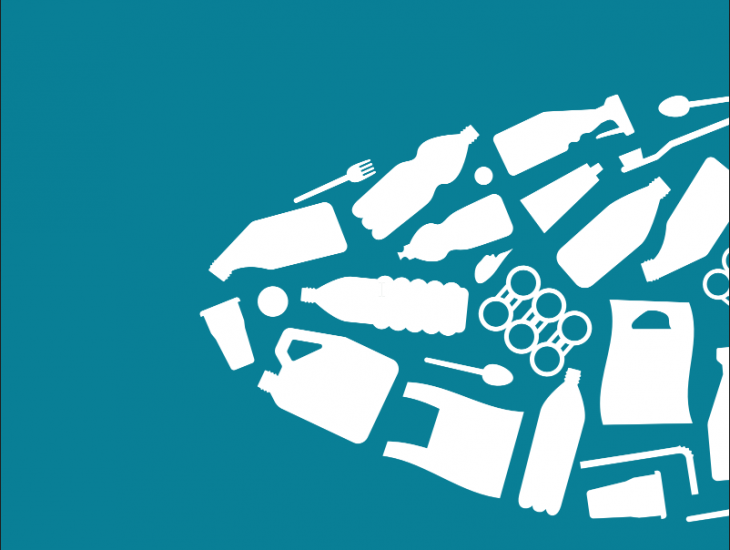The European Commission is currently taking steps to reduce the impact of certain plastic products on the environment. In May 2018, the Commission proposed a directive as part of the European Commission’s action plan, Closing the loop – An EU action plan for the circular economy. This proposed directive is commonly known as the single-use plastics directive. The aim of the directive is to reduce marine litter and align with the EU’s commitments to the targets set under the EU Sustainable Development Goals.
The European Commission has identified the ten single-use (or short-life) plastic products most often found on Europe’s beaches and seas. These ten items, along with lost and abandoned fishing gear, will be subject to a plethora of measures varying from labelling to extended producer responsibility schemes to market ban.
This single-use plastics directive proposes to reduce significantly within six years the quantity of ‘on-the-go’ immediate consumption food containers and cups for beverages, including their lids, made from single-use plastic.
Market ban
The directive proposes a market ban on the
following single use plastic items:
- Plastic cutlery (forks, knives, spoons and
chopsticks), plates and straws. - Food containers made of expanded polystyrene
(i.e. fast food boxes, with or without a cover, used
to contain food that is intended for immediate
consumption either on-the-spot or take-away,
and that is ready to be consumed without any
further preparation, like cooking, boiling or
heating). - Beverage containers and cups for beverages made
of expanded polystyrene. - Cotton bud sticks made of plastic.
- Oxo-degradable plastics, including those items
that are not single-use products.
Producers of sanitary towels, tampons, wet wipes, tobacco products and beverage cups are required to inform consumers of how to correctly dispose of the product and the environmental impacts of it being littered. It also outlines that plastic bottles must have a tethered cap or lid on the bottle within five years of the directive coming into force.
The directive proposes a binding target that from 2025 onwards, PET beverage bottles will contain at least 25% recycled plastic, calculated as an average for the member state. By 2030, all plastic bottles will have to respect a target of at least 30% of recycled content. This is an average at member state level, and not for each producer.
The directive hopes to achieve these targets through the introduction of a separate collection by 2025 of 77% of the single-use plastic bottles placed on the market per annum by weight, increasing to 90% by 2029.
The single-use plastics directive also calls for the establishment of an extended producer responsibility scheme for the following items:
- Immediate consumption plastic food containers,
including fast food containers. - Immediate consumption plastic packets and
wrappers made from flexible materials. - Beverage containers, including caps and lids.
- Cups for beverages, including caps and lids.
- Tobacco products with filters and separately sold
tobacco filters. - Wet wipes.
- Balloons used as a toy or decoration.
- Lightweight plastic carrier bags.
- Fishing gear containing plastic.
Producers of items that are subject to an extended producer responsibility (EPR) scheme will have to cover costs of awareness raising measures, clean-up and data gathering. Tobacco producers will also need to cover collection costs. EPR schemes for packaging single-use products and tobacco products need to be transposed into Irish law by 5 January 2023, and EPR schemes for all other single-use products by 31 December 2024.
Globally, the root causes of litter are poor waste management practices and infrastructure, littering by citizens and lack of public awareness. Litter clean-up and prevention cannot be the sole responsibility of producers, as producers do not have the levers to solve the litter problem alone. Citizens have a behavioural role as well.
In addition to producers, other involved stakeholders, including private or public waste operators and local authorities, need to take action to improve waste management systems and infrastructure. Segregated street bins would reduce on-the-go littering while increasing recycling rates. Local authorities should also continue to support and invest in educational programmes such as Think Before You Flush and to enforce anti-littering laws and EU wastewater legislation.
[simple-author-box]




